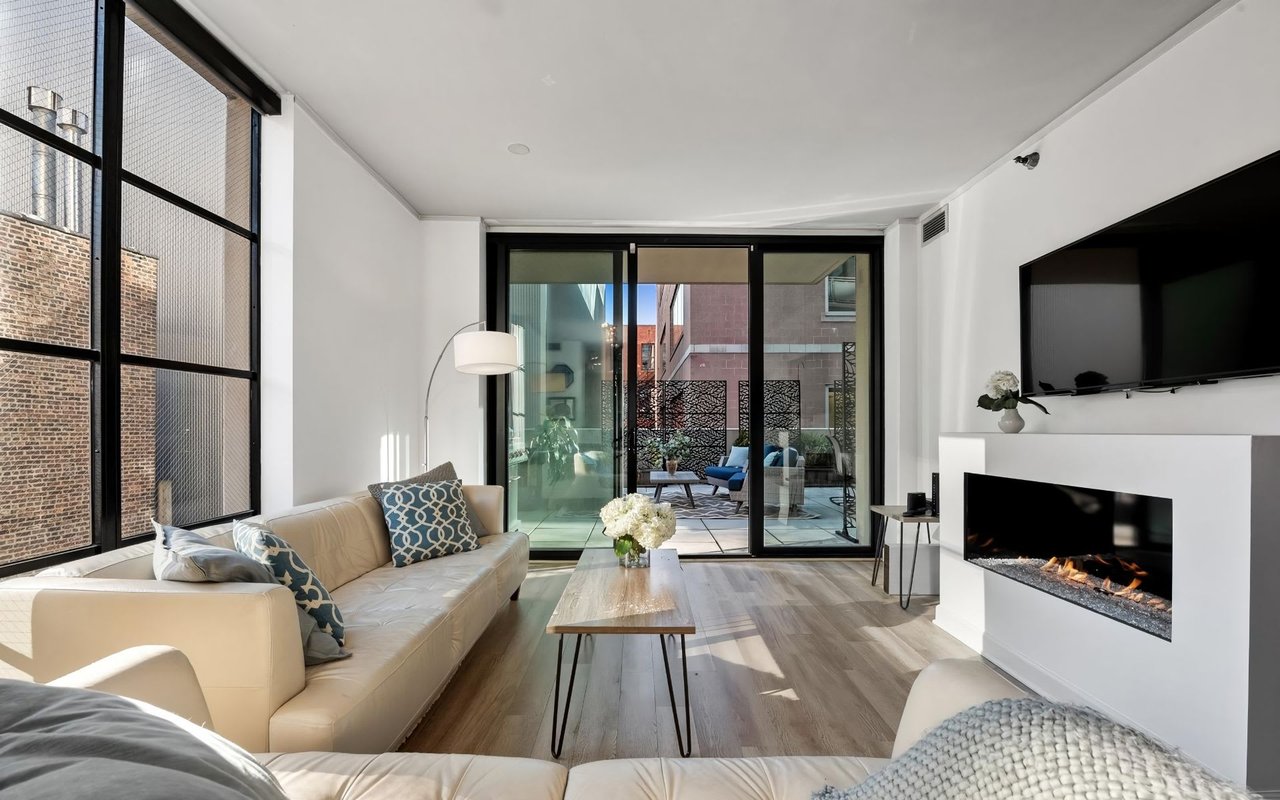Owning a dream home is a goal shared by many, but the path to achieving it can seem daunting. However, with the right steps and guidance, this dream can become a reality. This guide outlines the essential steps to take on the journey to homeownership, ensuring that your dream home is not just a vision but a tangible part of your future.
Understanding Your Dream Home
Before you embark on the journey to homeownership, it's essential to clearly define what your dream home looks like. Is it a cozy cottage by the lake, a modern apartment in the heart of the city, or a sprawling estate with acres of land? Your dream home should reflect your lifestyle, values, and long-term goals.
Location: Consider the location carefully. The neighborhood, proximity to amenities, schools, and work are all critical factors. Research various areas to determine which aligns best with your lifestyle and preferences.
Home Features: Identify the must-have features of your dream home. This could include the number of bedrooms, architectural style, outdoor space, or specific amenities such as a home office or a gourmet kitchen. Prioritize these features to ensure they meet your long-term needs.
Establishing Your Budget
Once you have a clear picture of your dream home, the next step is to establish a budget. Your budget will determine the type of home you can afford and the location. Here's how to approach it:
Assess Your Financial Situation: Start by evaluating your current financial status. This includes your income, savings, debts, and credit score. A healthy credit score is essential as it affects your ability to secure a mortgage with favorable terms.
Determine Affordability: Use online calculators to estimate how much you can afford to spend on a home. Financial experts often recommend that your monthly mortgage payment should not exceed 28% of your gross monthly income.
Save for a Down Payment: The down payment is a significant upfront cost in home buying. Depending on your financial situation, aim to save at least 20% of the home's purchase price to avoid private mortgage insurance (PMI) and secure better loan terms.
Exploring Financing Options
Understanding your financing options is crucial to making informed decisions about your mortgage. There are several types of mortgages available, and choosing the right one depends on your financial situation and long-term plans.
Fixed-Rate Mortgage: This mortgage offers a consistent interest rate and monthly payments over the life of the loan, making it predictable and stable.
Adjustable-Rate Mortgage (ARM): An ARM typically starts with a lower interest rate that adjusts periodically. This can be beneficial if you plan to sell or refinance before the rate increases.
Government-Backed Loans: If you're a first-time homebuyer, consider government-backed loans such as FHA, VA, or USDA loans. These often have lower down payment requirements and more flexible credit score criteria.
Pre-Approval Process: Before you start house hunting, get pre-approved for a mortgage. Pre-approval provides you with a clear understanding of how much you can borrow and shows sellers that you are a serious buyer.
House Hunting and Making an Offer
With a budget in place and pre-approval secured, you're ready to start the house-hunting process. This step is where your dream begins to take shape as you explore various properties.
Working with a Real Estate Agent: A knowledgeable real estate agent is invaluable in the house-hunting process. They can help you find properties that meet your criteria, arrange viewings, and provide insights into the local market.
Viewing Properties: As you tour potential homes, keep your priorities and budget in mind. Take notes and photos to help you remember each property's features and how they align with your dream home vision.
Making an Offer: Once you find a home that meets your criteria, it's time to make an offer. Your real estate agent will guide you through this process, helping you decide on a competitive offer that aligns with market conditions and your budget.
Closing the Deal
After your offer is accepted, you'll enter the closing phase, where the final details of the home purchase are completed.
Home Inspection: A home inspection is a critical step to ensure that the property is in good condition. If the inspection reveals issues, you may need to negotiate repairs or adjust the purchase price.
Finalizing the Mortgage: Work closely with your lender to complete the mortgage application process. You'll need to provide documentation such as income verification, tax returns, and bank statements.
Closing Costs: Be prepared for closing costs, which can include appraisal fees, title insurance, and attorney fees. These typically range from 2% to 5% of the home's purchase price.
Signing the Paperwork: On closing day, you'll sign all the necessary paperwork to transfer ownership of the property. Once this is completed, you'll receive the keys to your new home.
Beginning Your New Chapter with Julie Latsko
Owning your dream home is a significant achievement, and the journey doesn't end with the purchase. It marks the beginning of a new chapter filled with memories and experiences in a space that's truly yours. If you're considering buying a home in Streeterville or the surrounding areas, Julie Latsko is here to assist you. Her expertise in the local real estate market and dedication to her clients make her an invaluable partner in your home-buying journey.
To explore available properties and receive personalized guidance, contact Julie Latsko today. Let her help you find the perfect home to turn your dreams into reality.
*Header photo courtesy of Julie Latsko’s website




